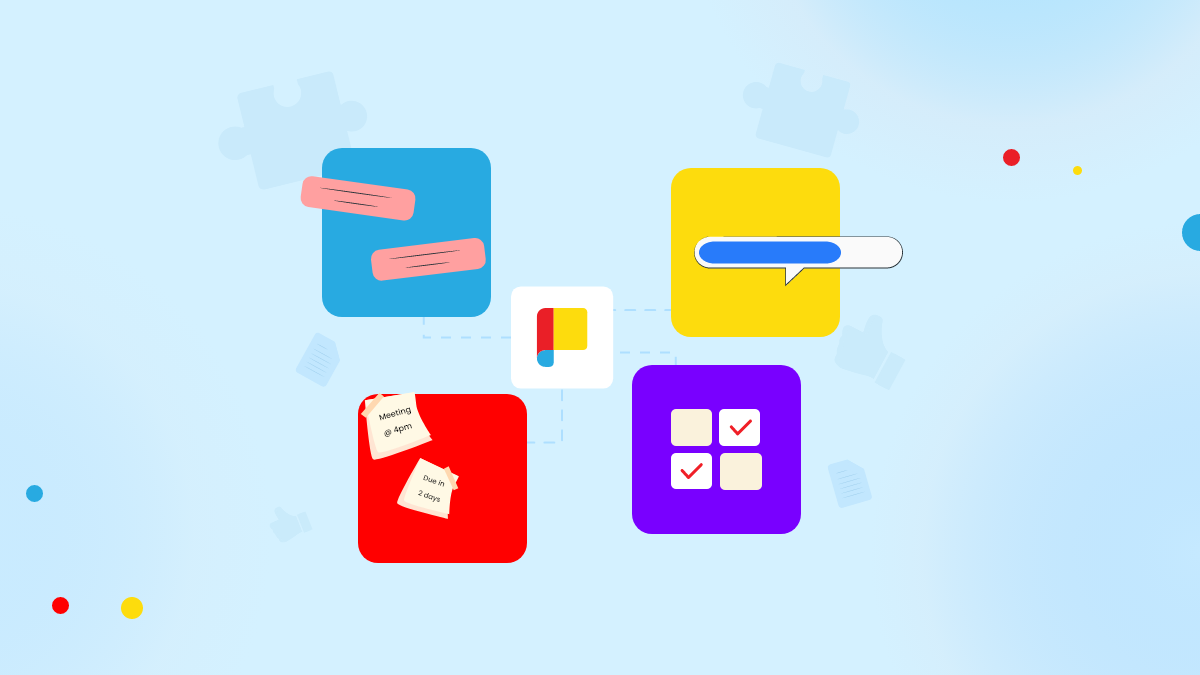
Businesses spend enormous amount of money on digital transformation, hoping for effortless efficiency and innovation. Yet 70% of them don’t succeed—not from a lack of technology, but because the process itself is the biggest roadblock (McKinsey & Company, 2023).
Instead of streamlining how things get done, too many digital transformations create additional complexity. Legacy systems, overburdened IT personnel, and rigid processes sap momentum, making change untenable. But the paradox is this: it’s not the technology that’s the problem—it’s the way we deploy it.
No-code platforms are redefining the rules, eliminating IT bottlenecks, and providing teams with the agility to adapt and grow. Let’s take a look at the major challenges businesses encounter in digital transformation and how no-code solutions are reversing the trend.
The Main Obstacles to Successful Digital Transformation
The goal of digital transformation is clear enough—to increase efficiency, reduce costs, and foster innovation—but the way to success is paved with challenges. These are some of the most significant hurdles organizations face:
1. Overloaded IT Teams
In many businesses, IT teams are stretched thin, tasked with handling an ever-growing backlog of custom requests. From developing new software solutions to maintaining existing systems, these teams often struggle to meet the needs of the organization. This bottleneck leads to delays and frustration, with employees resorting to shadow IT—unauthorized apps that can create security risks and disrupt business processes (Gartner, 2022).
2. Legacy Systems
Most businesses are still operating on outdated software and systems that are slow, clunky, and incompatible with newer technology. Attempting to modernize these legacy systems can result in costly downtime, integration nightmares, and a lack of agility.
3. Employee Resistance to Change
Perhaps the most challenging aspect of digital transformation is breaking through employee resistance. Change is hard, and employees aren’t going to implement new tools if they are too complex or disruptive. Without workforce acceptance, even the best-laid digital plans can fall apart (BCG, 2023).
 How No-Code Platforms are Transforming Digital Change
How No-Code Platforms are Transforming Digital Change
This is where no-code platforms come in. No-code solutions empower non-technical teams to take charge of their own digital transformation by creating automated workflows, custom apps, and integrations—without writing a single line of code. This shift helps businesses overcome many of the typical challenges associated with traditional digital transformation initiatives.
1. Empowering Teams to Build Their Own Solutions
With no-code platforms, workers no longer have to wait on IT to prioritize their requests. Instead, they can create the tools they need themselves using intuitive drag-and-drop interfaces. This reduces IT dependence, speeds up development, and enables teams to innovate on their own terms. For example, a project manager might automate task assignment and status tracking, or a contract manager might streamline approval workflows—without coding expertise.
2. Solving the Shadow IT Problem
No-code platforms help eliminate the risks of shadow IT by providing a secure, controlled environment for employees to create the tools they need. With centralized governance, businesses can ensure that all tools align with security and data privacy policies while promoting innovation and allowing teams to work more efficiently (Forrester, 2024).
3. Easing Legacy System Modernization
No-code platforms also make integration and legacy system modernization easier. Rather than phasing out old software completely, businesses can use no-code tools to create solutions that are integrated with current systems and phase out legacy systems over time. This prevents downtime and allows businesses to transition to new technology at a slow, manageable pace (Deloitte, 2024).
4. Driving Faster Adoption
Adoption is the number one factor for success for any digital transformation initiative. No-code platforms are designed to be easy to use, so employees are likelier to adopt. From automating workflows to building custom applications, no-code tools make it simple to make complex processes easier so that employees don’t feel daunted by change.
Real-World Impact of No-code: Efficiency and Innovation at Scale
Let’s consider a few real-world examples of how no-code platforms are driving transformation:
- Project Management: Imagine a project manager who is able to automate milestone monitoring and inform stakeholders at once. With fewer follow-ups being done manually, the team is able to stay on schedule and not be held back.
- Contract Management: For a contract manager, setting up automatic reminders on expiring contracts means no longer missing renewals. This proactive approach ensures compliance and avoids costly mistakes.
 For each situation, no-code platforms enable faster, more efficient processes that would otherwise require extensive developer resources. The result? A more agile organization that can quickly adapt to changes and scale operations without the bottlenecks.
For each situation, no-code platforms enable faster, more efficient processes that would otherwise require extensive developer resources. The result? A more agile organization that can quickly adapt to changes and scale operations without the bottlenecks.
The Future of Digital Transformation: No-Code as a Game Changer
As digital transformation remakes the business future, no-code platforms are becoming the key to success. By cutting through the complexity of the past with traditional development, no-code applications offer an accelerated, less-expensive means to bring businesses into being. With no-code platforms, businesses are in control to innovate on their own terms—without budgets that are too expensive and timelines that are too long.
The question is not if your business needs digital transformation—but how you will achieve it. No-code tools like Planally are now making workflow automation, building tailored solutions, and driving change at scale easier than ever before. Ready to revolutionize your business hassle-free?
Discover how Planally’s no-code automation can help you realize your digital vision—faster, easier, and smarter.



